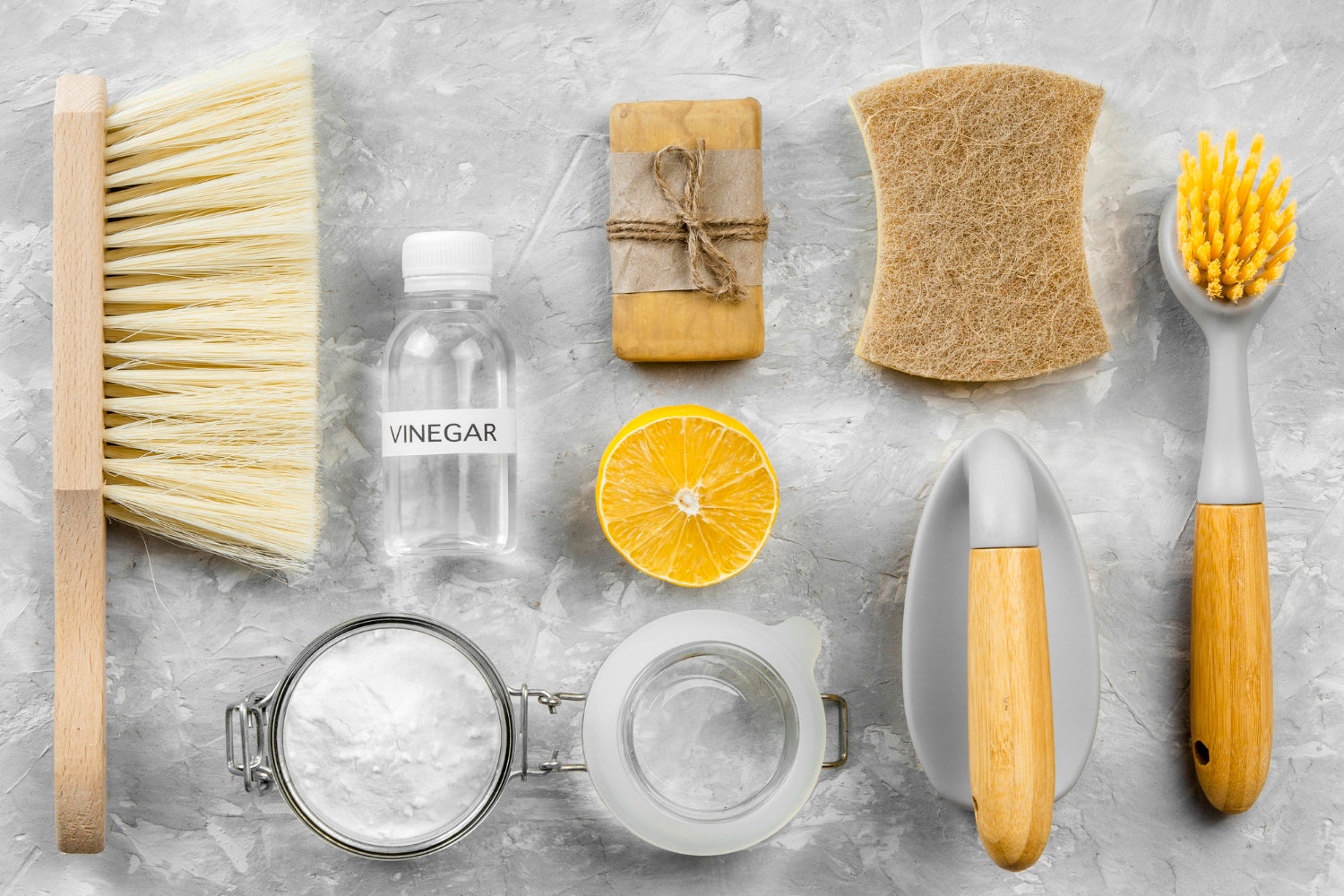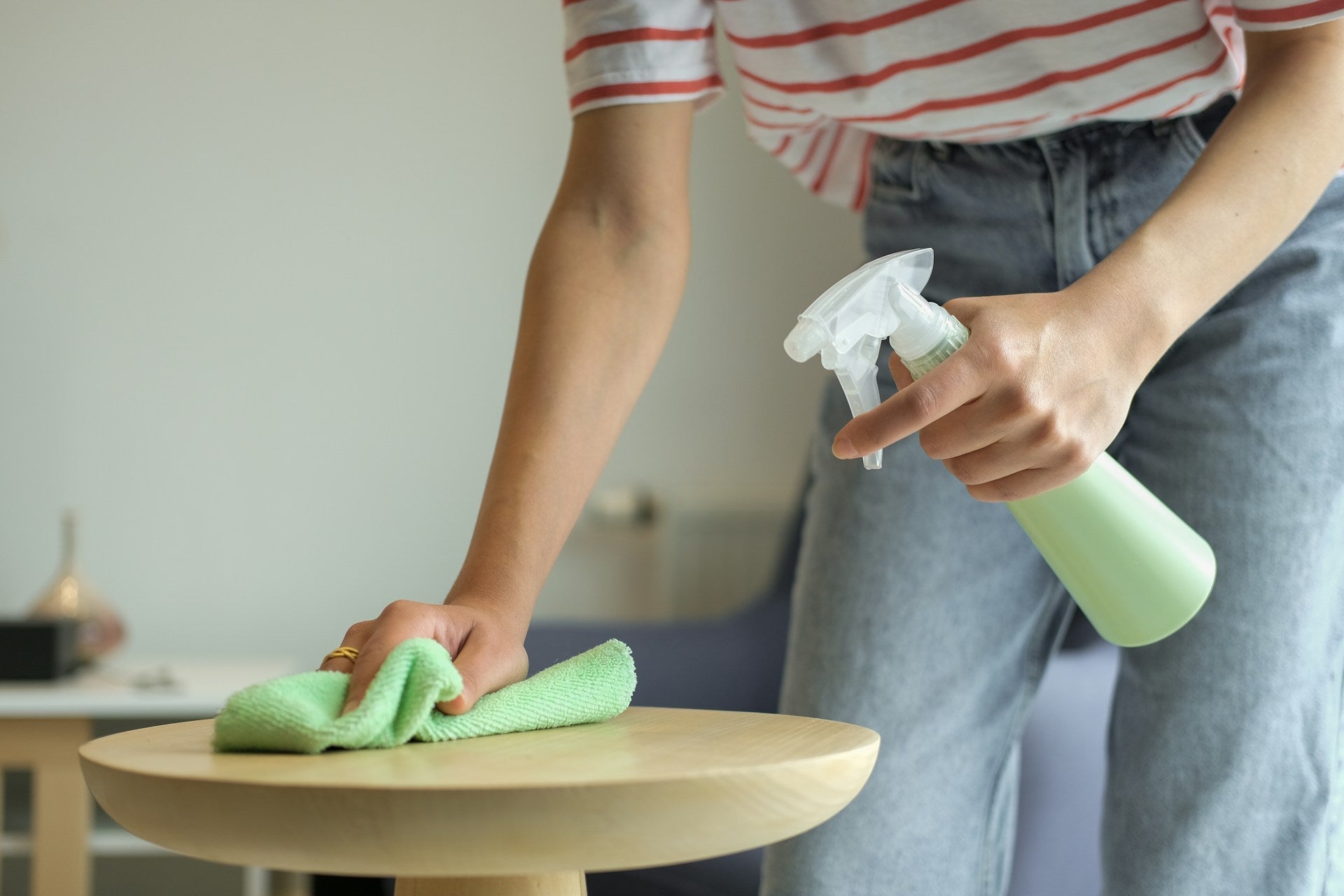Reusable cleaning products are a smart choice for anyone looking to cut down on waste while keeping their home clean. But buying them is only the first step. The real value shows over time, and the better you care for them, the longer they’ll last. As summer heats up, your cleaning tools can take a hit. Heat, humidity, and bacteria grow faster, all of which can wear your products down quicker than usual.
You don’t want your sponge cloths smelling funky by the first week of July or your scrubbing brushes breaking under pressure. With a few small habits, you can stretch the life of your tools without losing cleaning power. It doesn’t take a big commitment, just a few easy changes that will keep your summer routine running smoother and cleaner.
Proper Cleaning Techniques For Reusable Products
To get the most out of your reusable cleaning gear, it’s important to clean them the right way after each use. This helps keep bacteria and buildup from sticking around and damaging the material. Each type of cleaner you use—whether it's a sponge, cloth, or brush—needs a slightly different approach.
Here’s a quick breakdown of how to clean common items the right way:
- Cloths: After each use, rinse with warm water and a drop of mild dish soap. Once a week, toss them in the washing machine on a gentle cycle and let them air dry fully. Avoid using fabric softener or bleach, as they can break down the fibers.
- Sponges: Rinse thoroughly after use and squeeze out excess water. Let them dry upright in a place with good airflow. You can also soak them in a vinegar-water mix for a deeper clean once a week.
- Brushes: Remove trapped debris after each use. Soak the bristles in warm soapy water, then rinse and dry with the bristles facing down to avoid water getting trapped in the base.
Using harsh chemicals or overly hot water shortens the life of most reusable products. Stick with gentler cleaning solutions like diluted vinegar, plant-based soaps, or baking soda for tough smells. These options clean effectively without causing extra wear.
One example many people miss is taking better care of their multi-surface sponges. If yours is smelling bad or not absorbing well, it could be because you're not drying it thoroughly between uses. A quick fix is to place it in a well-ventilated area after rinsing instead of tossing it under the sink where airflow is limited.
Taking just a few minutes to clean your tools and let them fully dry can make a huge difference. You’ll notice fewer odors, better performance, and less money spent on replacements. Most importantly, you’ll get to enjoy the summer with fewer cleaning surprises.
Storage Tips To Maximize Lifespan
During the summer, heat and humidity can do more than just make your home uncomfortable. These elements can shorten the life of your reusable cleaning products if stored in the wrong places. A closet near the oven or a cabinet under the sink might seem convenient, but these spots trap moisture and heat, which speeds up wear and leads to bad smells.
Instead, aim to store your cleaning products in areas that are:
- Cool and dry. Choose places with good airflow such as a laundry room shelf or a utility closet, away from heat sources.
- Out of direct sunlight. UV rays and heat can break down the materials over time, especially items like sponge cloths or any plant-based components.
- Elevated if the environment is damp. Avoid placing tools directly on tile or wood surfaces in bathrooms or basements to reduce moisture contact.
For organizing and extending your products’ lifespan, storage containers and hooks help a lot. Mesh baskets work well because they allow air to circulate. Wall hooks or small hanging racks keep sponges and brushes off counters so they dry faster. If you store similar items together, labeling containers can save time and prevent you from overusing or tossing older goods that still work fine.
Try to avoid overstuffed bins. Stuffing too many things in one place can damage or bend the items on the bottom. When things are visible and get good airflow, they're less likely to grow mold or fall apart too early. Think of it like your clothes closet—folded, spaced out, and easy to access just works better.
Repair And Maintenance Hacks For Cleaning Tools
Reusable tools are often tougher than they look, but they still need care. Without it, soft edges lose shape, bristles bend, and tiny tears spread across cloths. Simple fixes and regular check-ins can make a big difference in how they hold up through summer chores.
It helps to set a loose routine. Once a week or so, take a few minutes to:
1. Check cloths and towels for holes or frayed edges. If something looks worn but still usable, keep it in a second-use pile for dirtier tasks like outdoor cleanups.
2. For brushes, look at the bristles. If some are bent or clumped together, this might mean it’s time to replace the brush or set it aside for rougher scrubbing jobs.
3. Tighten or adjust handles and heads on tools with moving parts. A little wiggle might not seem like a big deal, but it can lead to breaks under pressure.
If items get stained or pick up rough textures, soak them before the usual cleaning. That can soften fibers and bring back absorbency. Even a tool that looks worn or slightly stained might still have plenty of life left once it’s fully cleaned and dried.
Part of keeping things in shape is also rotating your tools. If you're always reaching for the same sponge or towel, it's going to wear out faster than the rest. Try dividing your products into daily, weekly, and deep-clean categories so each one gets a break and lasts a bit longer.
Knowing When To Replace And How To Recycle
Eventually, even with careful care, your gear reaches its endpoint. Knowing when to let go and how to dispose of it helps you avoid tools that don’t clean well and keeps your routine running smoothly.
Here are a few signs your reusable product has run its course:
- A sour odor that won’t go away even after deep cleaning
- Fraying or splitting that affects performance
- Loss of absorbency, where your sponge or towel just pushes water around
- Brushes that shed bristles or feel loose in your hand
When you're ready to replace a product, check your recycling and composting options. Some items, especially those made from plant-based materials, can be composted. Others will need to be taken to local recycling centers that accept specific fibers or plastics. Double-check the packaging or reach out to your local waste management provider for info.
When you do buy replacements, stick with products that offer longer use and are built with recyclable or biodegradable materials. It’s a small switch that helps reduce waste in the long run and keeps your cleaning routine better for the planet.
Keep Your Cleaning Routine Fresh This Summer
Summer brings sweat, spills, and daily messes, and your cleaning tools need to keep up. When you wash your sponges right, store your products with airflow in mind, and do regular check-ins, you avoid more replacements and save yourself stress. A bit of maintenance now saves a lot of hassle later.
Taking care of your cleaning gear doesn’t have to take much work. With just a few quick habits, your tools will stay fresh and ready all season long. Keep them in good shape, and you’ll notice fewer odors, stronger scrubbing power, and a way smoother summer routine.
Make the most of your summer cleaning routine with our thoughtfully designed reusable cleaning products. At Plastno, we’re here to help you maximize durability, minimize waste, and keep your everyday cleanup simple and sustainable.






Share:
Smart Storage Ideas For Your Eco-Friendly Cleaning Supplies
Simplify Cleaning with Plastnofy App